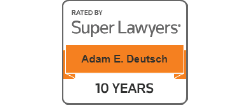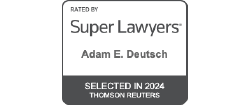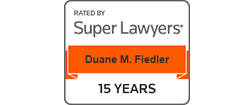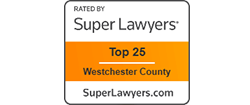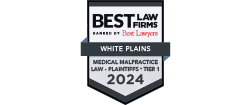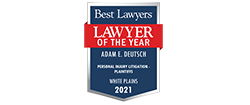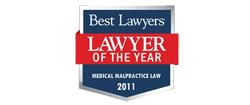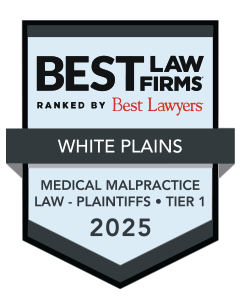To hold another party accountable after a car accident, you must be able to prove legal causation. Causation means a direct link between the at-fault party’s negligence (causing the crash) and your injuries. In other words, you would not have been injured if not for their actions. It is one of the most critical and contentious parts of a car accident claim.
How to Prove Causation
Before discussing how to prove causation, it helps to understand the other elements of building a negligence claim against an at-fault driver to hold them liable. Those elements are:
- Duty of Care: The at-fault driver owed you a duty of care (e.g., to follow traffic laws and prevent a collision)
- Breach of Duty: The at-fault driver breached their duty of care (e.g., running a red light, texting while driving, etc.)
- Causation: The at-fault driver is directly responsible for your injuries (e.g., the injuries you suffered are linked to the car accident caused by the at-fault driver)
- Damages: You suffered financial and other losses due to the accident. (e.g., medical bills, lost income, pain and suffering, etc.)
Causation is divided into two parts: cause-in-fact (but-for cause) and proximate cause. Both types must be proven to satisfy causation.
Cause-In-Fact or Actual Cause
Cause-in-fact, also known as actual cause, is the simpler of the two concepts. Actual cause can be proven by asking, would there be an injury but for the defendant’s (at-fault party’s) actions. For example, say a driver runs a stop sign and crashes into your vehicle, and you suffer a fracture in your leg. You would not have sustained a fracture but for the defendant’s conduct, proving actual cause.
Proximate Cause
Proximate cause is more challenging and involves determining whether your injuries were foreseeable. In the example of the driver running a stop sign, the questions to ask would be:
- Should the driver have reasonably foreseen that their actions would result in this type of injury?
- Should the driver have reasonably foreseen that their actions would result in harm to you?
The defendant will only be liable for predictable harm to predictable victims. In this example, the defendant should have foreseen that running a stop sign could cause an accident and injuries to you, being another driver on the road. Therefore, the defendant is the proximate cause of your injuries.
In contrast, here is an example of when proximate cause can be unclear. If a driver crashes into you, causing you to hit another driver, who runs into another driver, who crashes into another driver, the initial driver who caused the chain reaction may not have been able to foresee the harm they would cause to every single driver involved. Therefore, they may not be considered the proximate cause of every drivers’ injuries.
Evidence to Prove Causation
To prove causation, you must be able to establish that the injuries you are pursuing a claim for occurred in the accident caused by the at-fault party. That will require evidence, such as:
- Photos/video of the accident scene.
- Video footage of the actual crash.
- Location and extent of the damage to the vehicles.
- Eyewitness statements.
- Medical records establishing the types and severity of your injuries.
- Expert testimony, if necessary.
If you have a pre-existing injury or condition, the insurance company may dispute causation by saying the injuries you are trying to claim compensation for did not occur in the accident. However, you have the right to obtain compensation even if the crash only aggravated a pre-existing injury or condition rather than causing it. For more information, please contact a White Plains car accident attorney.
 Because Relationships Matter
Because Relationships Matter 